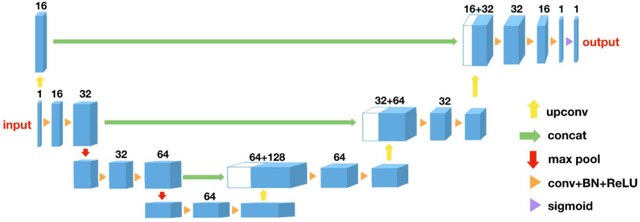3D U-Net for Segmentation of Plant Root MRI Images in Super-Resolution
Paper and Code
Feb 21, 2020



Magnetic resonance imaging (MRI) enables plant scientists to non-invasively study root system development and root-soil interaction. Challenging recording conditions, such as low resolution and a high level of noise hamper the performance of traditional root extraction algorithms, though. We propose to increase signal-to-noise ratio and resolution by segmenting the scanned volumes into root and soil in super-resolution using a 3D U-Net. Tests on real data show that the trained network is capable to detect most roots successfully and even finds roots that were missed by human annotators. Our experiments show that the segmentation performance can be further improved with modifications of the loss function.
* 6 pages, 5 figures, in the 28th European Symposium on Artificial
Neural Networks
 Add to Chrome
Add to Chrome Add to Firefox
Add to Firefox Add to Edge
Add to Edge